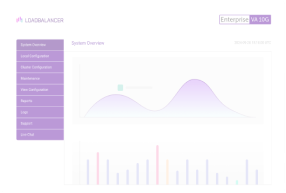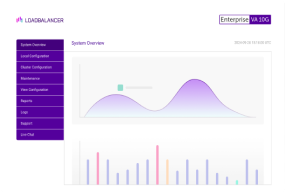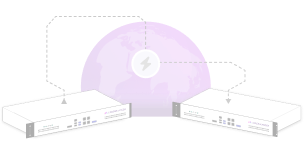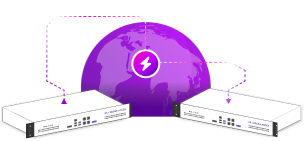
I've blatantly plagiarized the title for this blog from David Bressler. He's written an excellent blog for BackBox, that made me smile :-). I couldn't agree more with his fundamental point about jobs to be done and how companies often fail to solve the real problem for customers.
It's not: "How do I make a backup?"...
It's: "Help! Everything is down! How do I fix it?"...
Why do software vendors make system recovery so difficult?
Personally, I think one of the main reasons is that the pain of recovery comes a long time after the sale. So why would the sales team care?
Some vendors also fear that if they make the restore process too easy (for example, by including the actual licence file that you've paid for in the backup... ), then you could just restore a fully working licenced system whenever and wherever you like — which would be stealing, clearly!
So they deliberately make you wait in a long phone queue to get a new licence key. Then they make you go through the lengthy process of proving who you are and why you want your system back up. Oh, and, by the way, can you please call back on a weekday with your original purchase documents...
How much fun is THAT when your business is burning down?!!
But to be honest, I'm on dangerous ground here, because even though our company vision is:
"A world where you never have to deal with the pain that downtime causes for you and your customers."
It's a little bit on the aspirational side, and our own product has been known to throw a few curve balls when customers are trying to recover from failures.
I'm really, deeply sorry about that.
Which is why we've been very busy changing things — lots of things!
Before criticizing others, you need to fix the problems in your own back yard. So we've put a lot of time and effort into re-designing our update, backup, and recovery system.
It has taken a little longer than originally envisaged, but as of Enterprise v8.11 we now have full support for the following update, backup and recovery methods:
- Full roll-forward for online or offline updates.
- Full roll-back for offline or online updates.
- Backups now contain ALL certificates and licence keys.
- Backups can be restored on any platform, including bare metal.
- Custom ISO recovery images can be created and restored via Network/USB/CD/iLo/iDrac etc.
- Backups can be restored in safe mode, with floating IPs disabled for testing.
- Checkpoints (Snapshots) can be created before any configuration change, allowing quick rollback if necessary.
- Templates can be created from any module of the existing system, and customized before or during installation.
- Templates can be restored in safe mode with floating IPs disabled for testing.
- And last, but not least, flexible automation of updates and backups via our cloud-based ADC portal.
We'd ❤ your feedback on any way that we can improve, but we definitely feel this is a huge step in the right direction.
How can we make system recovery easier for you?
Circling back to the original point, the job to be done here is system recovery — not backup!
So we have been thinking long and hard:
- How can we make system recovery and maintenance easier?
- How can we avoid downtime in the first place?
- What about human error?
- What about mixed-vendor environments?
And I'm really excited about what we've got planned for the next year!
Many of our customers use more than one ADC vendor, and that's why we've decided to go vendor-neutral with our new ADC centralized management Portal. We want to be just as good at helping you look after your F5, Citrix, or Kemp, as we are with our own load balancer. Yes, really.
And secondly, we're getting serious about removing human error from the maintenance and upgrade cycle. In the industry, it's become known as day 2 operations or automation (personally, I call it day 102 disaster avoidance...).
So here at Loadbalancer.org we now have a really big job to get done:
"Can the excruciating pain of your downtime be automated away?"
Maybe you have your own war stories about system recovery? If so, I'd love to hear them, so please post them in the comments section if you're brave enough!
















